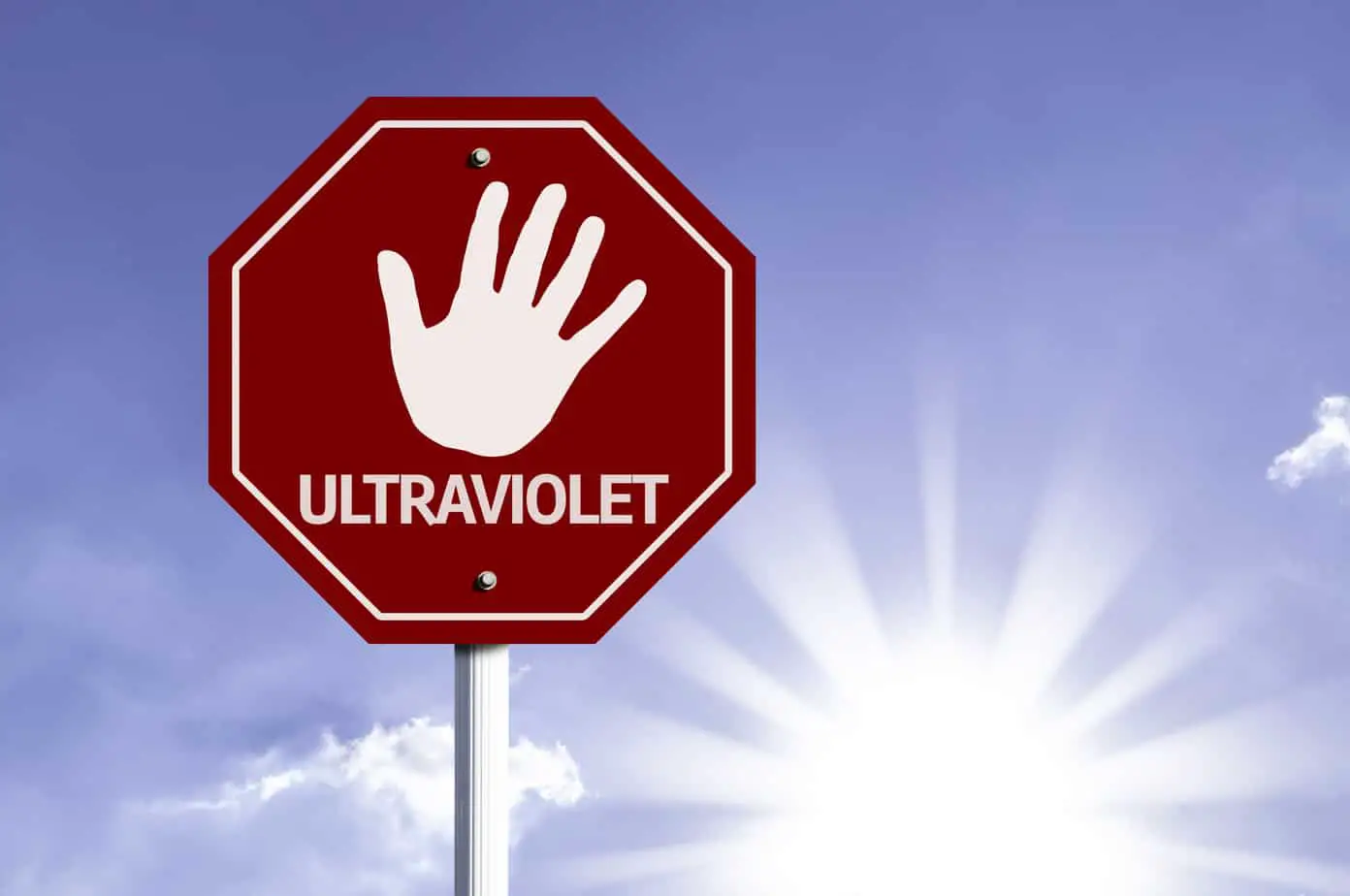
Do I really need sunscreen? What does sunscreen really even do, and what do SPF numbers mean?
Sunlight is composed of visible rays, UVA, UVB, and UVC rays. UVC rays have the shortest wavelength, and are blocked by gases in the upper atmosphere (if the ozone layer wasn’t there to block them, they would cause severe burns). UVB rays are blocked by many kinds of glass, cause sunburns, and are stopped by sunscreens. UVA rays are the most penetrating, are blocked only by broad spectrum sunscreens, and cause the appearance of aging and wrinkles in your skin. UV rays can contribute to skin cancer by interfering with molecular bonds in DNA and causing mutations that can contribute to cancer.
How should I use sunscreen?
Apply a generous 1 oz of sunscreen for an adult. Be sure to use a sunscreen that offers broad spectrum coverage to protect you from UVA rays. Use SPF 30+ for any activities that require you to be in the sun for an extended period of time (4+ hours).
What does SPF mean?
SPF is the sun protection factor. The number is used to indicate the degree of sun protection. An SPF of 30 indicates that 1/30 UVB rays will get through, and SPF 50 means that 1/50 of the UVB rays will go through.
How often do I need to reapply sunscreen?
It’s typically best to apply your first coat 20-30 minutes before going out into the sun, to allow for maximum absorption. After that, you probably want to reapply every 2 hours. If you are engaging in activities that may remove or degrade the sunscreen, you will want to reapply every 90 minutes or less.
What level of SPF is adequate for me?
If you will be spending 4+ hours out in the sun, you will want SPF 30 or higher. SPF 30 is usually good for any moderate activity, and it feels light and breathable. SPF 50 offers more intense protection for higher altitudes and activity levels, but it feels heavier, greasier, and isn’t as breathable.
Does the form of sunscreen matter?
Lotions are the most common form. Spray on sunscreen works almost as well as lotions, but is much easier to apply to children or adults with more body hair. Visible Protection sunscreens remain a certain color for a short time after being applied, so you can be sure it has been properly applied
What other options do I have for sun protection?
Cover up! Sun protection and shade are a sure way to prevent sunburns and help reduce your risk of getting skin cancer.
Is it safe for children to use sunscreen?
Children under 6 months shouldn’t use sunscreen, just shade. The only main difference between kid’s sunscreen and adult’s sunscreen is that kid’s are usually scented.
How do sunscreens work?
Sunscreens work by absorbing or reflecting sunlight. The chemical bonds of the sunscreen can absorb UV rays and convert them to heat. They can also scatter or reflect the UV rays out (like titanium oxide).
When am I at the most danger from UV rays?
UV rays are the worst when they are the most direct, from 10 AM to 4 PM. You also want to be careful of any water or abrasion that could prematurely remove your sunscreen. Sweating or swimming will make your skin wet, and you will lose some of the sunscreen. Sunscreen will also come off if you are hiking through brush, rubbing against a cliff face, or toweling off.
What is the body’s natural response to UV radiation?
Sunlight is necessary for the body to manufacture Vitamin D, but it can also be gotten from your diet. UV rays can damage DNA (which increases the likelihood of getting cancer), and this triggers the production of melanin. Melanin is a skin pigmentation molecule that causes the darkening of your skin, and absorbs UV rays, converting them to heat.

